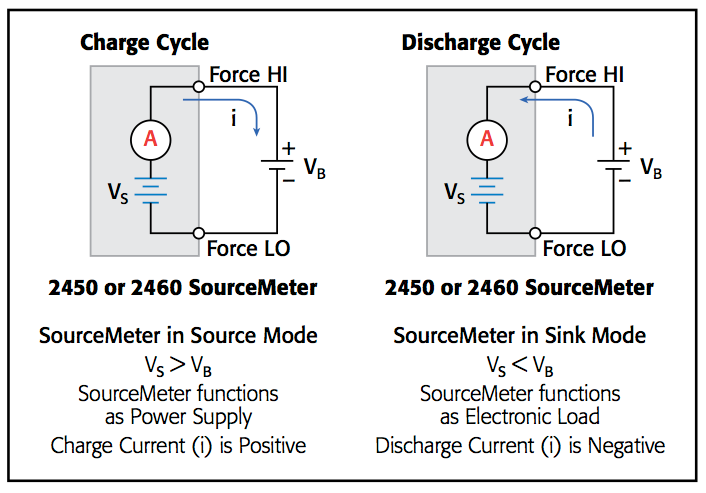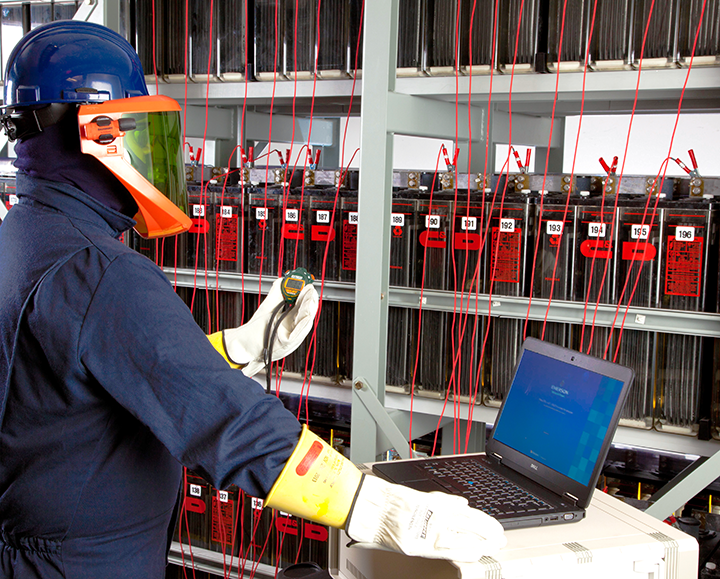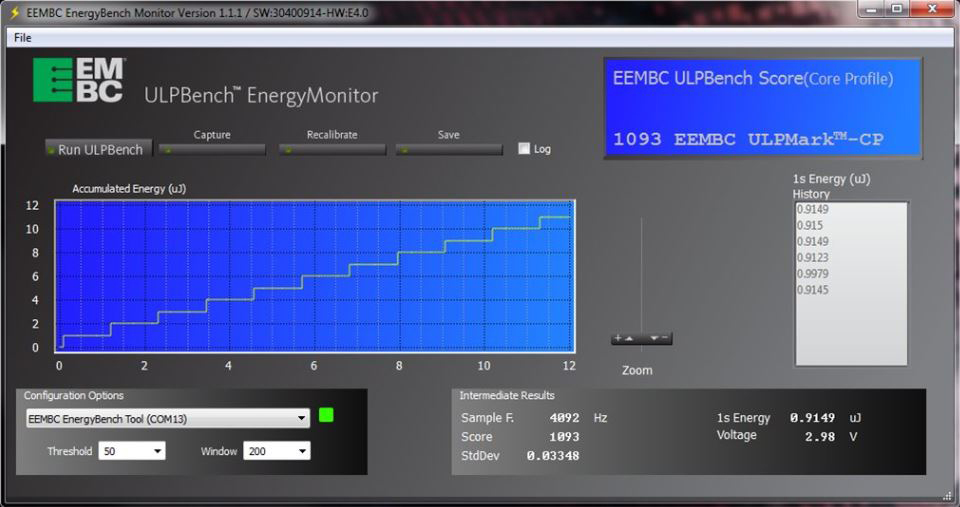Category: Main Site
How to Use an SMU Instrument in Charge/Discharge Cycling for Battery Characterization
Mary Anne Tupta
Keithley Instruments, a Tektronix Company
Rechargeable batteries power a rapidly expanding range of electronic devices, from laptops and tablets to mobile phones and wearable health-monitoring devices. When purchasing these devices, consumers typically take a hard look at battery life and recharge times; operating time is often a deciding factor in the purchase of a mobile device. As a result, researchers are studying ways to increase battery life and decrease the cost of rechargeable batteries. Read more about How to Use an SMU Instrument in Charge/Discharge Cycling for Battery Characterization …
Protecting Batteries that Protect Your Power System
Wally Vahlstrom, Director of Technical Services
Emerson Network Power, Electrical Reliability Services
According to the US Department of Energy, reported electric emergency incidents and disturbances are on the rise with approximately 23 percent more events reported last year as compared to 2013. These outages or disturbances can cost facilities thousands or even millions of dollars if their emergency power systems do not immediately switch on and provide back-up power. Read more about Protecting Batteries that Protect Your Power System …
Five Building Blocks of Self-Powered Wireless Sensor Nodes
Niranjan Pathare, Battery Management Solutions Marketing,
Will Cooper, MSP Microcontroller Product Marketing
Texas Instruments
Today, autonomous sensors are in use for a variety of applications. Typically found in smart buildings and factories, these sensing applications include humidity, temperature, and chemical gas monitoring. They are often placed in remote locations where line power is unavailable, so rely heavily on battery power to function. In order to provide dependable operation, batteries have to be changed often, adding to the total cost of ownership. Ownership cost includes expensive labor needed to change the batteries during routine maintenance. Read more about Five Building Blocks of Self-Powered Wireless Sensor Nodes …












